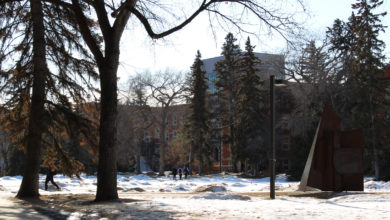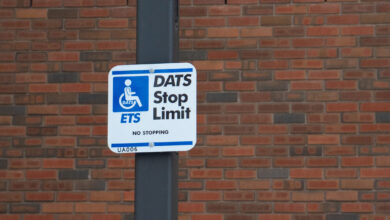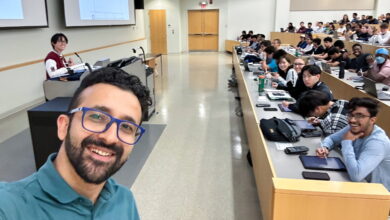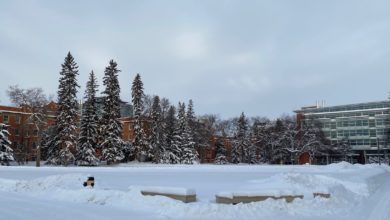 Supplied
SuppliedA recent collaborative study has revealed that soils in urban green spaces tend to have high soil biodiversity, along with more homogeneity, making them potentially less resilient to climate change. University of Alberta professor in the faculty of agricultural, life and environmental sciences (ALES), Scott Chang, was a co-author of the research.
For the study, researchers collected 200 soil samples from 13 different cities in China and nearby natural environments. They sent all the samples to the same lab for DNA extraction. The researchers analyzed the data to quantify the diversity of the microbial populations, following a standard protocol for each sample.

“Once the DNA samples are sequenced, there are bioinformatics tools available for us to identify the microbial populations,” Chang said.
Researchers typically refer to these populations as operational taxonomic units (OTUs), which are clusters of similar genetic sequences.
“There are some limitations as to how detailed we might be able to go,” Chang said.
Uniform soil management linked to microbial homogeneity
“In those urban soils, we typically have more uniform management practices,” Chang said. “The urban environment could cause the microbial populations to be more similar as you compare between [different cities].”
Uniform management practices for soil in urban environments “could also be related to the changes we make to urban soil, making the soil more suitable for microbial populations,” Chang said.
According to the study, this pattern of greater microbial diversity and increased similarity among cities could have important ecological implications.
Chang explained that urban areas often share similar landscaping and soil management approaches. Practices such as adjusting pH with alkaline materials like biochar, applying fertilizers, or planting the same tree and grass species can create comparable conditions for soil microbes in cities across large geographic regions. This loss of ecological uniqueness can reduce resilience.

Diverse vegetation supports resilient soils
Chang added that urban planning and soil management should take microbial diversity into account.
“If [cities like] Edmonton and Toronto are always planting the same tree species, that would definitely cause the microbial populations to be more homogenized across different cities,” he said.
To address this issue, Chang emphasized the importance of maintaining diverse plant species and vegetation types across urban areas.
“If you have different plant species being planted, those can have an influence on the microbial populations,” he said.
He also noted that the study’s findings are especially timely with World Soil Day approaching on December 5.
“December 5 each year is World Soil Day,” Chang said. “Coincidentally, this year the theme is urban soils, which is quite fitting for this study.”
Chang hopes the study promotes more research in Canada and encourages other regions to better understand the global effects of urbanization on soil biodiversity.




